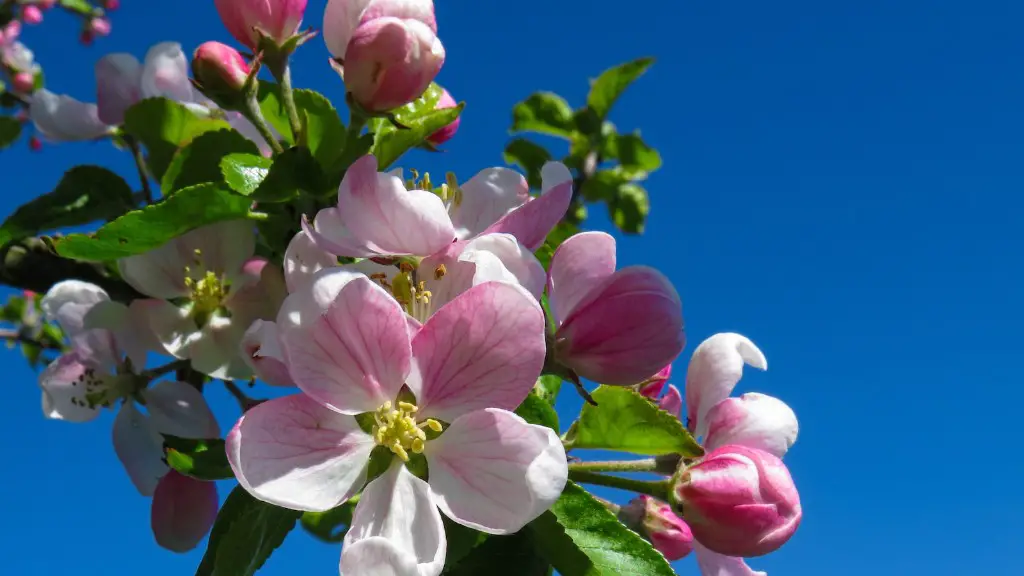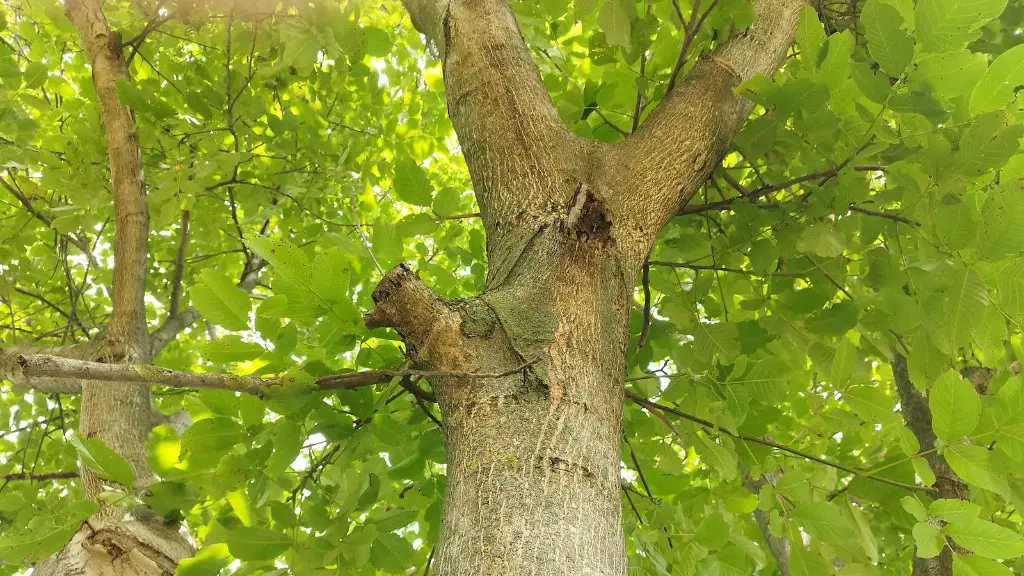Cherry blossom trees, known in Japan as ‘Sakura’, are a symbol of renewal and highly cherished for their stunning beauty and fragrant flowers. Each spring these trees burst with delicate white and pink blossoms, much like a storm of white snow that lingers for just a short time. Growing and planting a cherry blossom tree is a long-term project, and the best time to plant a tree of this type depends on your climate.
Cherry blossoms come in different varieties and the most popular one is the Japanese Cherry (Prunus serrulata, or Hill Cherry). Trees of this variety are hardy and thrive in USDA Plant Hardiness Zones 5 through 8.
In these zones, the ideal time to plant a cherry blossom tree would be in autumn, after the plant has settled into its new surroundings. Early spring is also a viable option; however, if you live in a drought-prone area, it may be best to wait until late winter before planting. Colder climates may require more waiting time; in those cases, planting in late winter or early spring is often the best course of action.
When planting, it is essential to consider the location. Cherry blossom trees need to be positioned in well-drained soil in a full sun location for optimal growth and best blooms. Additionally, trees planted too close to a wall can suffer from heat reflection, and in winter months, from excessive cold.
The best soil mix when planting a cherry blossom tree is a combination of sandy or loamy soil, along with a bit of organic material, such as compost or peat moss. This will provide good aeration and drainage, which is essential for the tree’s health. An organic fertilizer may be added to the soil mix; however, it must be applied properly and in moderation, as too much fertilizer can inhibit the tree’s flowering.
Finally, when planting a cherry blossom tree, it is essential to ensure the roots are provided a steady supply of water. An irrigation system is often the best way to achieve this, as it can be set up for automated watering, allowing for controlled amounts. The tree should receive about 2.5 cm of water per week, though this can vary depending on the climate.
Proper Care
The most important ingredient for successful blooming is proper care. Cherries blossom trees need to be pruned on a regular basis, with one or two dormant-season prunings, taking place in late winter or very early spring, to promote optimal growth and flowering. Additionally, these trees should receive a feeding of balanced 10-10-10 fertilizer once a year, in late winter, according to the instructions.
Frost Protection
Cherry blossom trees are somewhat hardy and can tolerate colder temperatures, but a cold snap can be damaging if the plant experiences a hard freeze. In those cases, adding extra layers on the trees can provide the best protection, by creating an insulating effect. Additionally, if the trees are in an exposed location, it is essential to install stakes for extra support.
Protection from Pests
Cherry blossom trees are relatively prone to many different kinds of pests and diseases, such as scales, aphids, and leaf spot. In order to avoid these issues, it is important to use fruit tree sprays three or four times a year, following the instructions carefully. Additionally, when pruning, it is essential to sterilize the shears with disinfectant or denatured alcohol.
Partial Shade and Wind Protection
Cherry blossom trees should be planted in a location that affords some shade and protection from wind. Placed in an exposed location, the trees can suffer from sunburn and windburn. These factors can directly impact the tree’s health as well as its blooming capacity.
Conclusion
Planting and caring for a cherry blossom tree can be a rewarding experience. Knowing the best time to plant a cherry blossom tree, based on your climate and preparing the soil, will provide the best environment for the tree’s growth. Also, regular pruning and careful attention to the tree’s needs, including frost protection and pest management, will ensure the tree blooms with stunning beauty each spring.

